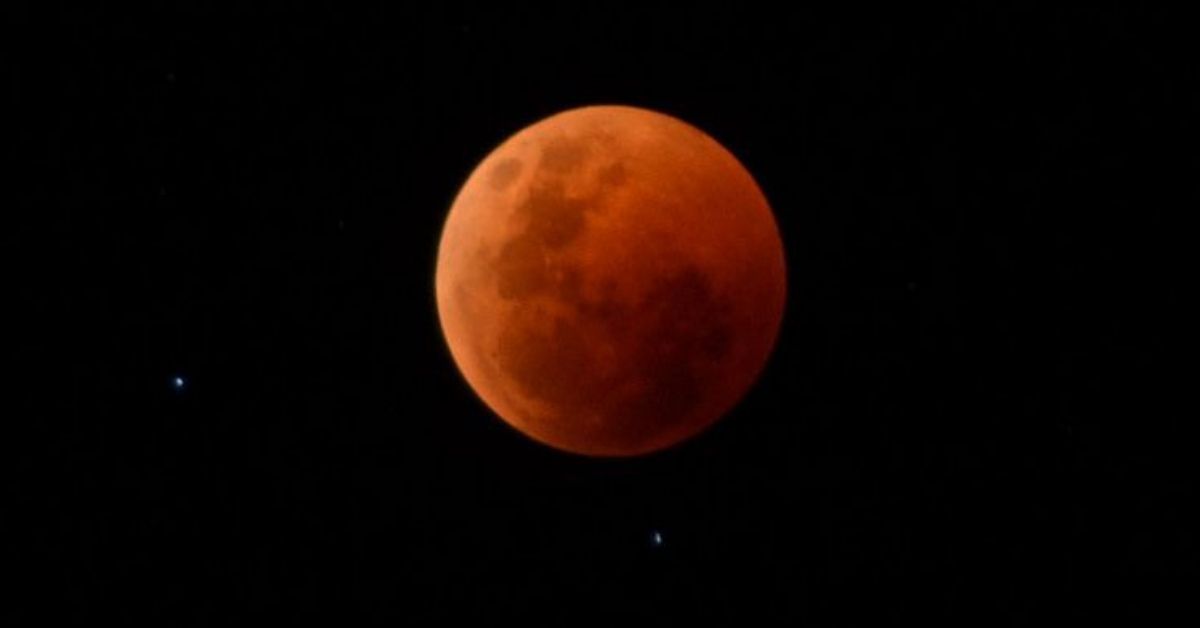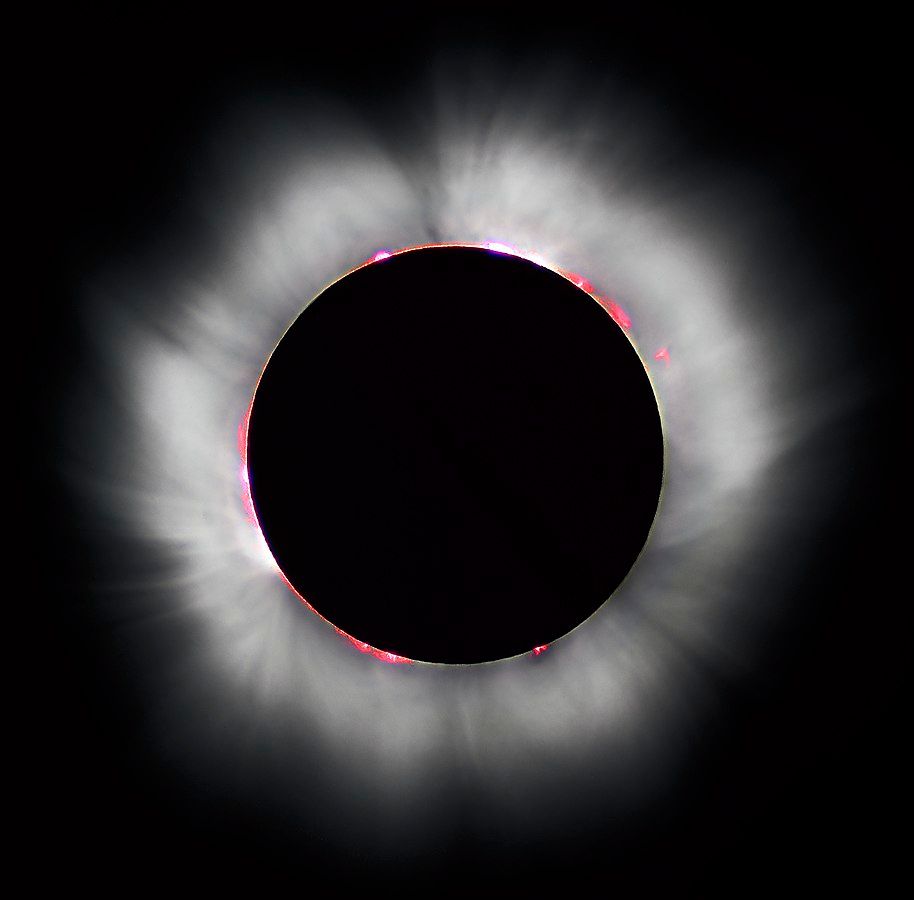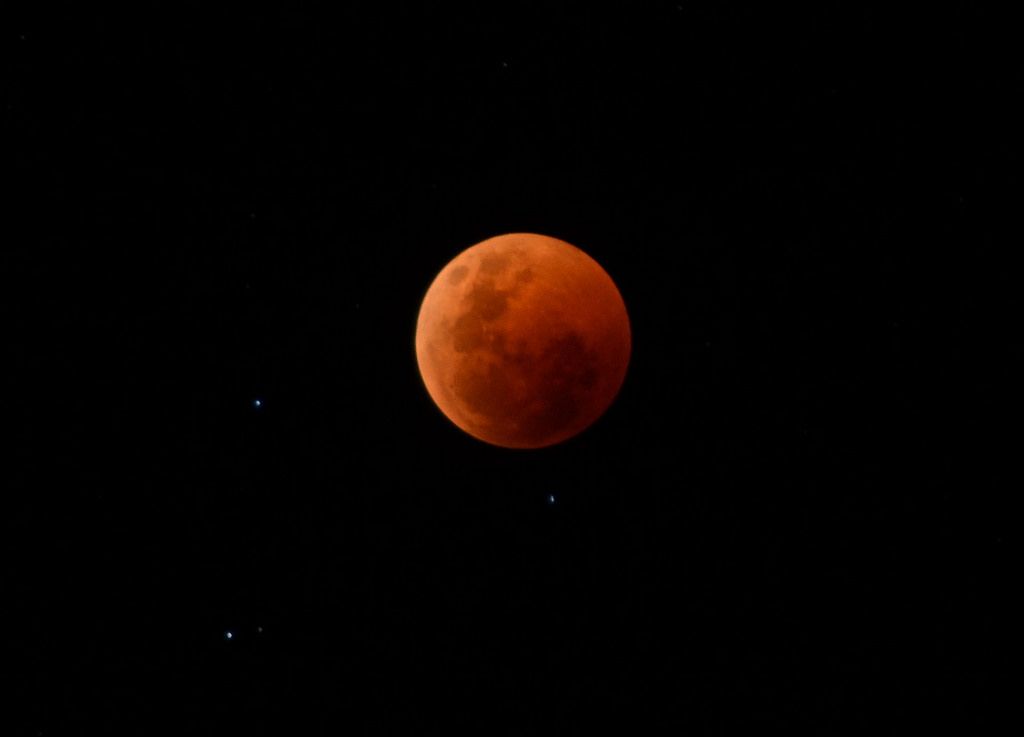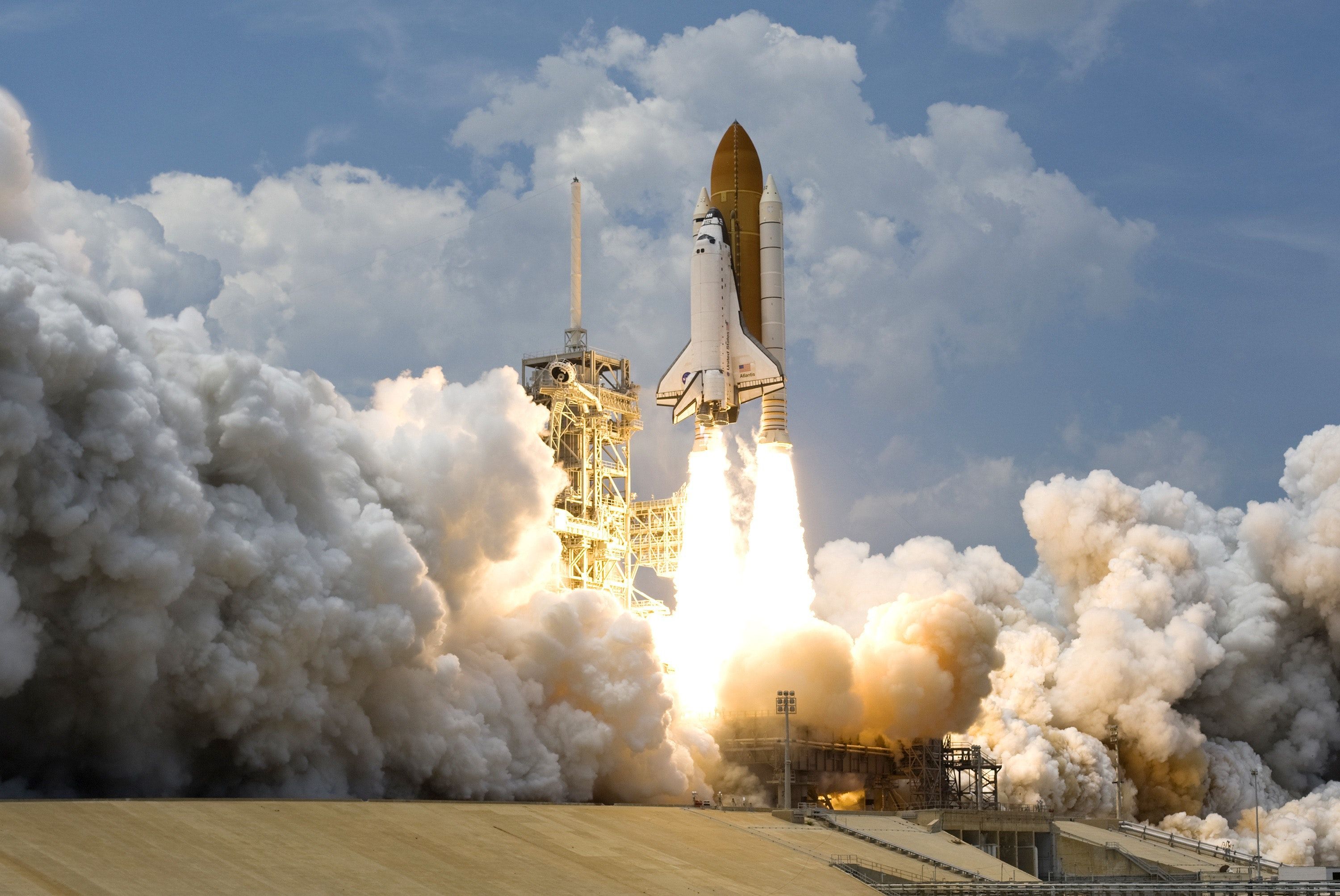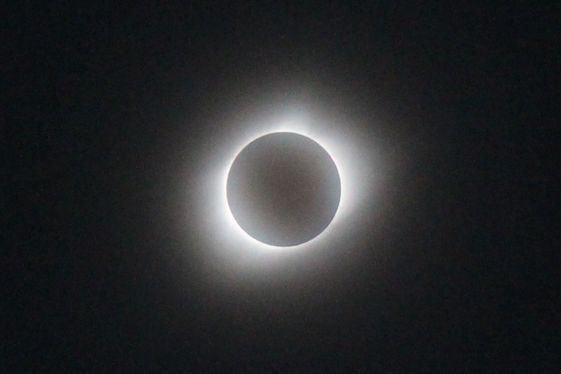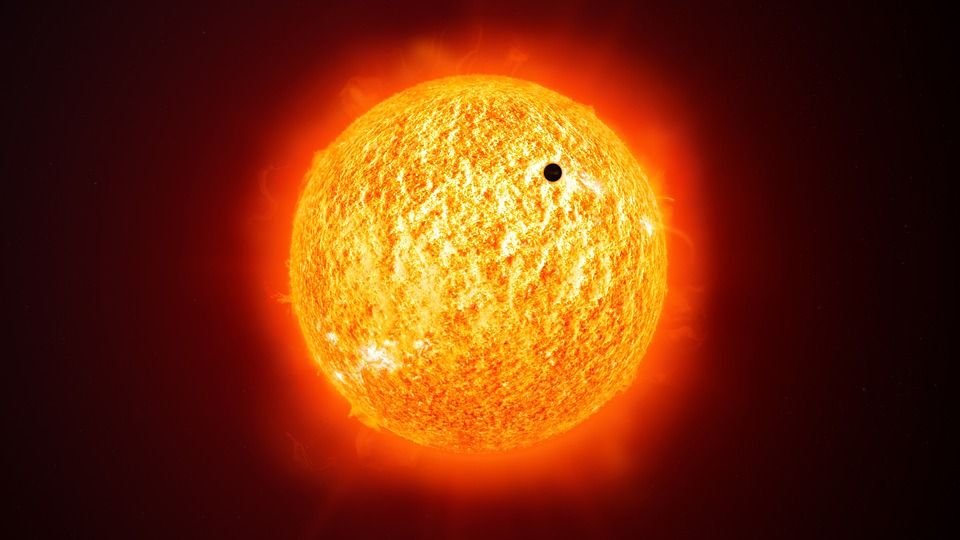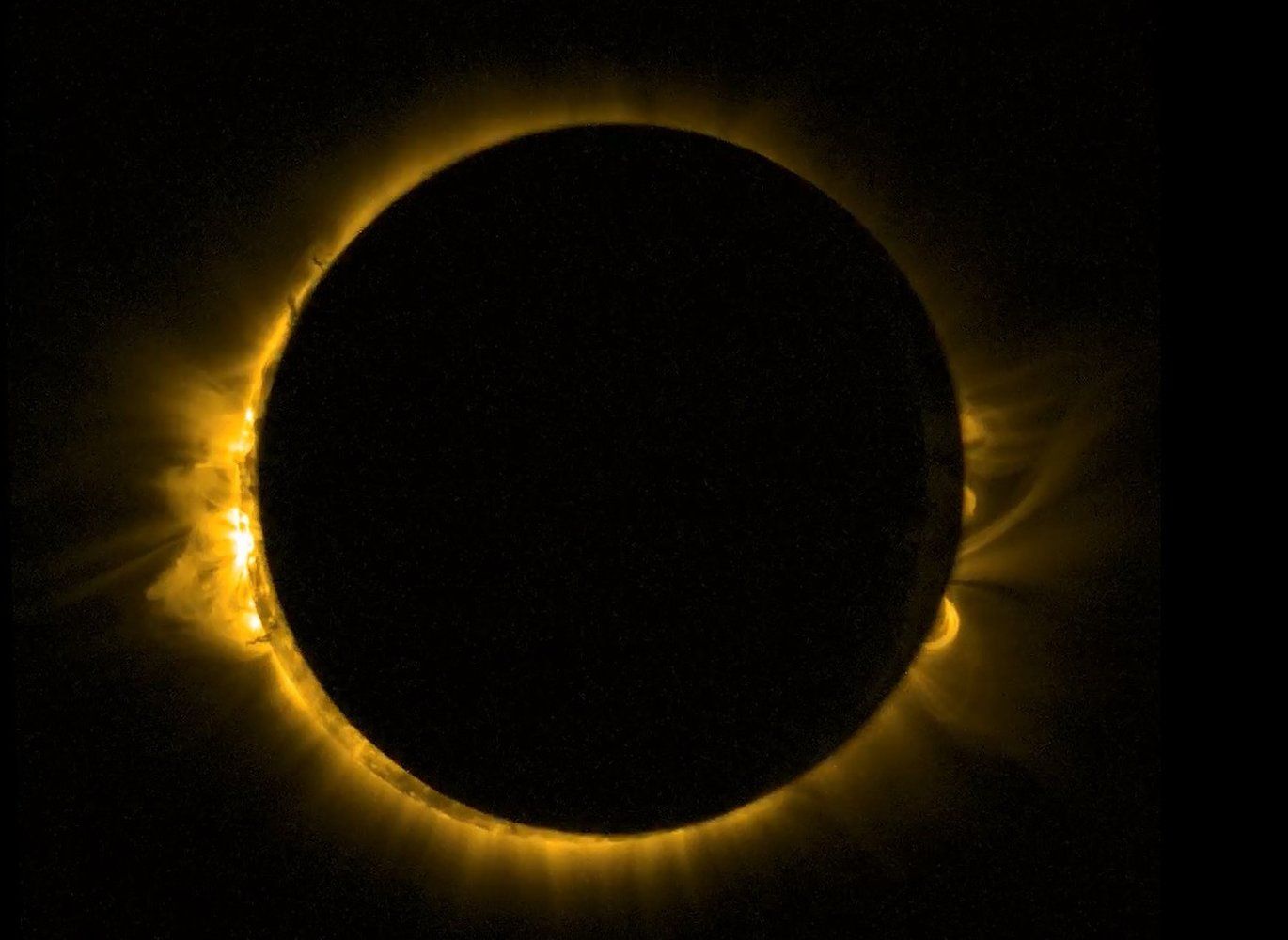We've been lucky enough to have experienced many special celestial events over the last few years, including the much-talked about solar eclipse that took place in 2017.
While 2018 has had its fair share of super moons as well as lunar and solar eclipses, 2019 is about to deliver in a major way.
From beginning to end, the new year will be filled with some rare astronomical occurrences, including five eclipses, multiple meteor showers, a rare planet transit, and a Super Blood Wolf Moon.
Kicking off the excitement is a partial solar eclipse, which will take place in the first week of January. On the 6th, the moon will pass between the sun and the Earth, which will result in a partial solar eclipse, according to NASA.
If you were hoping to catch a glimpse of the eclipse, don't get your hopes up too high because the phenomenon will unfortunately happen around 8:42 p.m. Eastern Time.
But don't fret, January has another special celestial experience in store for you. For the first time in years, a total lunar eclipse, which NASA describes as one of the sky's "most dazzling shows," will occur in the United States. The Earth will align with the sun and the moon, forcing the sun's light to bend and cast a reddish hue on the moon, hence the name "Blood Moon."
Taking place on the 20th or 21st (depending on where you are), this will be no ordinary eclipse as the moon will be at its closest point to Earth, making it appear bigger and brighter than usual. This lunar condition is known as a "supermoon."
Since lunar eclipses can only take place during a full moon - this spectacular event will occur during the first full moon in January, which is known as a "Wolf moon."
You'll be able to catch the Super Blood Wolf Moon Eclipse at around 9:12 p.m. PT on January 20 or at 12:12 a.m. ET on January 21.
Scientists have also confirmed that the sky will have lots of busy days and nights in the months that follow with three supermoons, a blue moon, a close approach by the moon and Jupiter, and several rocket launches.
Here are a few to look forward to:
May 6: Eta Aquarids Meteor Shower
Formed from the debris left by Hailey's Comet when it flew by Earth in 1986, the Eta Aquarids meteor shower will be one of the best we'll witness this year.
What's even better is that a new moon will appear two days before the shower, making the skies darker, so that the naked eye can have a clear view of the mesmerizing show.
Eta Aquarids will be active between April 19 and May 26, but its peak will begin at 3 a.m. on May 6 and last until dawn.
July 2: Total Solar Eclipse
Unfortunately for those of us in North America, we won't be experiencing this solar eclipse either, but it will be visible over parts of South America, specifically Chile and Argentina.
July 16: Partial Lunar Eclipse
July is going to be a busy month for the sun, Earth, and the moon with a partial lunar eclipse taking place just a few weeks after a total solar eclipse.
Once again, North American skies won't be part of this event, but those in South America, Europe, Africa, Asia, and Australia will have front row seats.
November 11: Mercury Transit
Mercury passes between Earth and the sun about 13 times a century, and the small planet is expected to be in transit in 2019.
For the second time in two years, we'll be able to catch a glimpse of the planet from Earth when it passes in front of the sun starting around 7:34 a.m. on November 11. The good news is that it is expected to last around 5 1/2 hours, so you'll very likely see the black dot on the sun even if you aren't an early riser.
December 26: Annular solar Eclipse
The year started off on an impressive note, and it will end the same way.
At dawn on December, the sky will be mostly dark, except for a "ring of fire" will glow from behind the moon as the circumference of the sun shines during the annular solar eclipse.
This type of eclipse occurs when the moon's diameter is smaller than the sun, blocking its light and causing it to look like an annulus (ring). The Middle East and Asia will get the best views of the eclipse.
